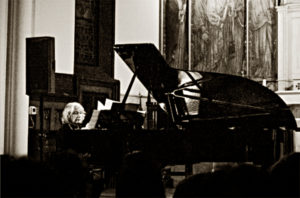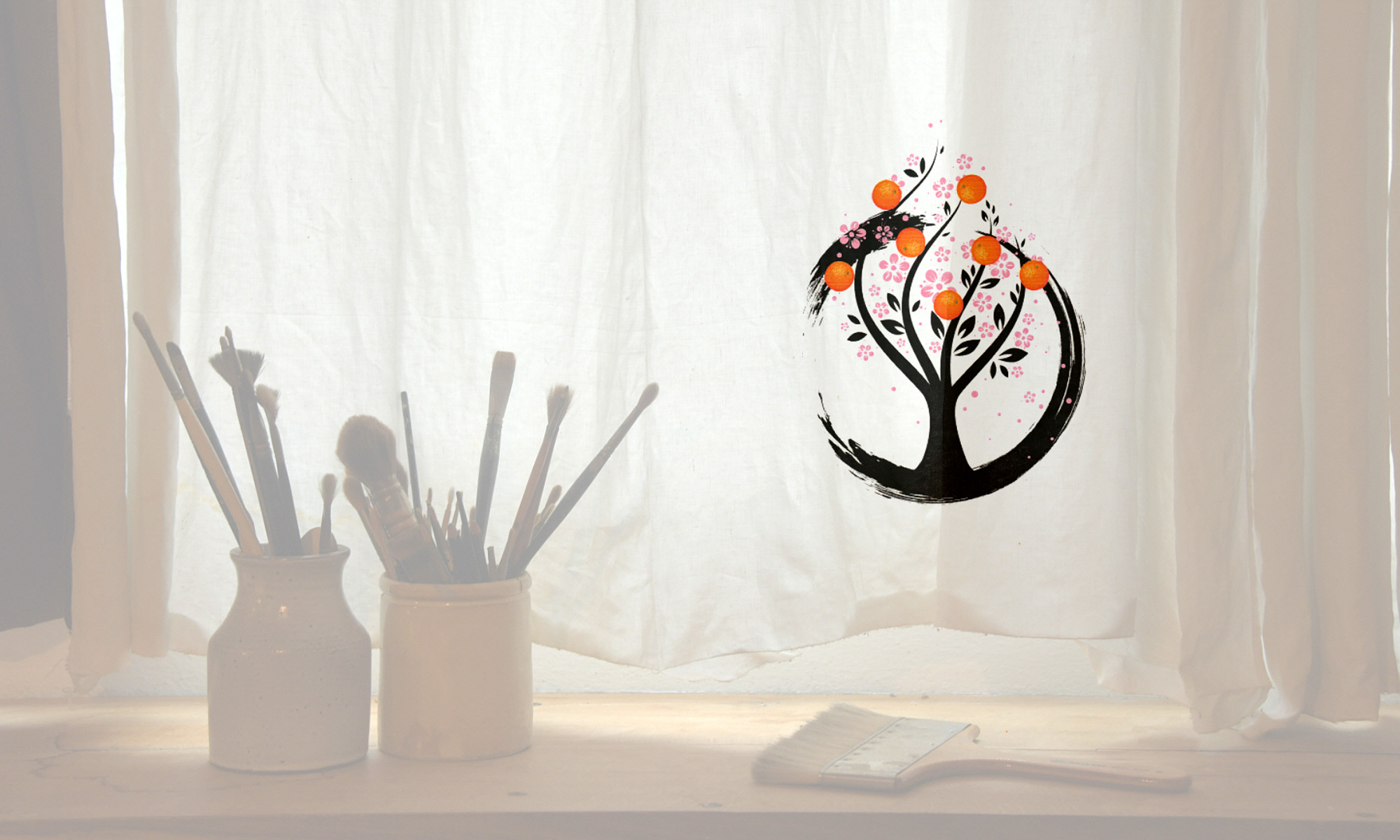
Von Kurt Gottschalk, 07 April 2019
The Russian composer Galina Ustvolskaya – a relusive eccentric who composed fewer than two dozen works before her death in 2006 at 87 – had a tendency to label her works as “symphonies.” Her Symphony n° 4 (1985/87), for example, is scored for all of four instruments. She wasn’t so bold as to declare her solo piano works to be symphonies, although woe to the person who might correct her if she had. The 12 preludes from 1953 and six piano sonatas composed between 1947 and 1988 make such thorough use of the keyboard and manage such an array of voicings that imagining them as symphonies isn’t too difficult a task. The Swiss pianist Marianne Schroeder recorded the enigmatic piano sonatas in 1995 and revisited the harrowing set on Friday in a Blank Forms program at St Peter’s Chelsea in Manhattan. While the recital was initially advertised as being just the sonatas, Schroeder added the preludes to make for an intense, 75-minute recital without intermission. The two sets were presented without intermission and without applause, the drama heightened by the chapel’s dim lighting room, dark enough that after the first few preludes, Schroeder stopped and asked for more light on the stage. Dressed in black and seated at the Bösendorfer baby grand before a pair of triptychs depicting the apostles, Schroeder looked as austere as the music she played. The preludes began like a small and delicate mechanism, and slowly expanded across the keyboard in imperfect ripples. The initial theme echoed through the first few without quite repeating, played with an increasingly stronger hand. Schroeder’s focus was apparent from the outset. Even in the occasional glissando and trill (the composer rarely had use for such ornamentation), each note was sounded in isolation ; never was a note delivered in passing anticipation of the next. Ustvolskaya’s piano pieces can be thunderous or gentle as a soft rain, but at all times Schroeder played with deliberation. Each moment carried with it its own independent world. Despite the brevity of the individual preludes, they became an immersion, a monotone through which shades of gray were able to seep. Occasionally within the folds of slate and charcoal, a feeling so profound that the listener may not have known quite what has happened rushed through. It wasn’t any particular emotion, neither sorrow nor bliss, just a state of feelingness, beyond quality, beyond words. There wasn’t any particular joy to be found in the music, but passages that spoke to perseverance became spirited, just as in some contexts the very fact of survival can feel celebratory. Only during the last sonatas did the hammering for which Ustvolskaya is so noted begin. A slow pulse permeated, a persistent pounding too simple, too pronounced, to be considered a rhythm. While quieter figures circled in the upper register, Schroeder’s left hand worked as if building a brick wall. The discord between the two was neither harmonious nor hostile. It was just a fact of the music, a state of affairs, a passing reality. It was, frankly, exhausting just to watch being played. Ustvolskaya is perhaps best known for her Symphony n° 5 (which Cantata Profana performed in this same church in January), so much so that she came to be known in her native land as “the lady with the hammer.” There is, perhaps, a bit of irony in the fact that she was also so resistant (inasmuch as one could be and still live an artist’s life) to the hammer and sickle of Mother Russia. Like her mentor and admirer Shostakovich, she accepted commissions to compose on behest of the state, but unlike him excluded them from her own catalog of works. A woman of strong conviction, she is also reported to have said that she can’t imagine her music being played by a woman, presumably thinking the musculature required is too demanding. On this night, however, a masterful pianist (who turns 70 this year) proved the composer quite mistaken.
